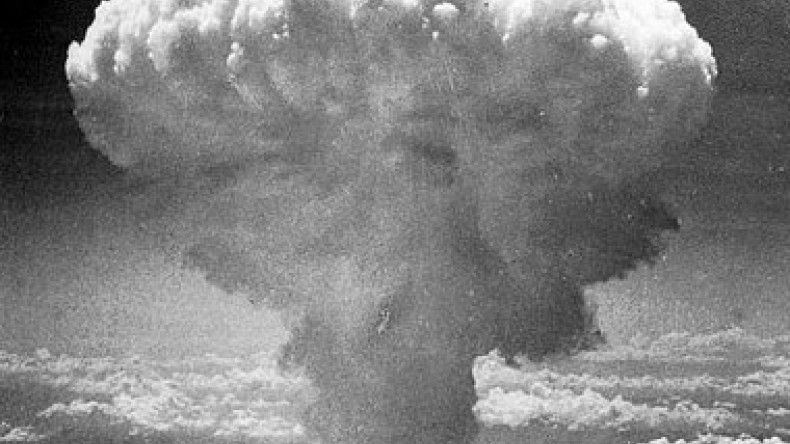
August 6, 1945: the day the world changed forever
Something changed forever on August 6, 1945 when, for the first time, the world witnessed the explosion of an atomic bomb.
According to Euronews, as that fateful day dawned, a B-29 American bomber named the Enola Gay took off from an island in the Pacific Ocean heading for Japan, which had prompted the US’ entry into World War II by attacking Pearl Harbour some three and a half years earlier. At 8:15 AM local time its crew dropped an atomic bomb, nicknamed “Little Boy” on the Japanese city of Hiroshima.
Those aboard the Enola Gay watched as the city, inhabited by 350,000 people, disappeared into dust. Robert Lewis, the co-pilot of the American bomber commented in the flight log: “My God, what have we done?”
The bomb caused the immediate death of 70,000 people. This figure increased to an estimated 200,000 as more victims succumbed to nuclear radiation.
The explosion destroyed every building in a radius of 2,5 km; it broke windows 16 km away, while the force of the blast could be felt as far away as 60 kilometres.
The mushroom cloud created by the nuclear explosion hung in the sky over Hiroshima for hours.
At first, the Japanese leadership couldn’t identify the “sinister cloud” over Hiroshima. But they soon knew that the destruction was likely caused by an atomic bomb, a realisation that shocked Japan’s leaders, who were unaware that their American enemies were at such an advanced stage of nuclear research and development. The bombing and its nature were confirmed by President Truman himself 16 hours after the attack; he declared that an American airplane had dropped a bomb on Hiroshima and threatened to launch more similar attacks if Japan didn’t accept terms for peace and end the war.
Three days after Hiroshima was destroyed, on 9 August, another American plane dropped an atomic bomb named “Fat Man” on Nagasaki, causing the immediate death of another 40,000 people. Japan laid down arms on 15 August, thus ending World War II.
Newsfeed
Videos






























